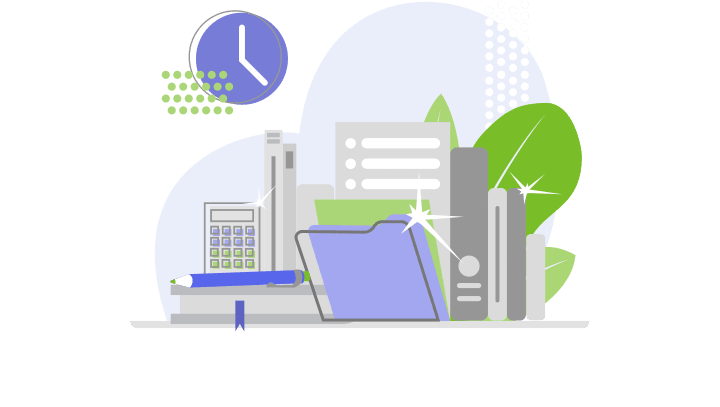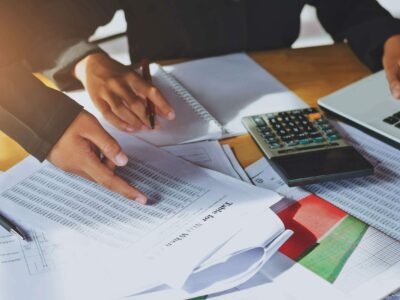Chưa có sản phẩm trong giỏ hàng.

Liabilities are debts and obligations of the business they represent as creditor’s claim on business assets. Notes Payable – A note payable is a long-term contract to borrow money from a creditor. AP typically carries the largest balances because they encompass day-to-day operations. AP can include services, raw materials, office supplies, or any other categories of products and services where no promissory note is issued. Most companies don’t pay for goods and services as they’re acquired, AP is equivalent to a stack of bills waiting to be paid. Liabilities are categorized as current or non-current depending on their temporality.
How Do I Know If Something Is a Liability?

Accounts payable would be a line item under current liabilities while a mortgage payable would be listed under long-term liabilities. A balance sheet is like the heartbeat of a business in accounting and finance. It shows what a company owns, owes, and the owner’s stake at a particular moment. Let’s accounting liabilities break down why this document is so important for checking financial health and making smart decisions. Assets are what a company owns and are split into current and non-current assets. Common assets include cash, accounts receivable, inventory, and property, plant, and equipment (PP&E) (Happay).
What is an example of a liability?
For more on this, dive into our accounting made simple and accounting 101 pdf articles. This document is like a financial X-ray, giving you a clear view of a company’s value at a certain date. Take self-paced courses to master the fundamentals of finance and connect with like-minded individuals.
Everything You Need To Master Financial Modeling

Assets represent resources a company owns or controls with the expectation of deriving future economic benefits. Liabilities, on the other hand, represent obligations a company has to other parties. Financial statements, such as the balance sheet, represent a snapshot of a company’s assets, liabilities, and equity at a specific point in time. Assets and liabilities are treated differently in that assets have a normal debit balance, while liabilities have a normal credit balance. There are many types of current liabilities, from accounts payable to dividends declared or payable.
Resources for Your Growing Business

A liability is an obligation of the business to repay the money or deliver goods or assets in return for value already received. Sometimes liabilities can be transferred, but they still represent a future obligation for the business. One of the simplest ways to think about liabilities is that they’re a kind of third-party funding. You would use this funding to purchase business assets and fund other areas of your operations. It is a common business practice to have this type of insurance in place to protect a business from legal claims should they arise.

These are obligations owed to other entities, which must be fulfilled in the future, usually by transferring assets or providing services. Liabilities play a crucial role in a company’s financial health, as they fund business operations and impact the company’s overall solvency. Liquidity is all about how fast you can turn assets into cash to pay off short-term debts.
Bonds Payable – Many companies choose to issue bonds to the public in order to finance future growth. Bonds are essentially contracts to pay the bondholders the face amount plus interest on the maturity date. Let’s look at a historical example using AT&T’s (T) 2020 balance sheet.
Accrued Expenses
- They can also include loan interest, salaries and wages payable, and funds owed to suppliers or utility bills.
- An expense is the cost of operations that a company incurs to generate revenue.
- The company, on the other hand, upon depositing the cash with the bank, records a decrease in its cash and a corresponding increase in its bank deposits (an asset).
- Accounts payable, accrued liabilities, and taxes payable are usually classified as current liabilities.
- Understanding the criteria and measurement methods for liabilities helps organizations maintain a clear and confident financial position while facilitating informed decision-making.
Proper management of these liabilities is essential to ensure smooth business operations and long-term financial health. Operating expenses are the costs incurred during the normal course of business operations. These expenses include items such as wages, rent, utilities, and other expenditures necessary to keep the business running smoothly. In accounting, operating expenses are recorded as liabilities until they are paid off.


